Written by Sarah White
2014 has been a successful year for Conservation Colorado. From working with our elected officials to pass critical environmental legislation, to knocking doors to get out the vote, and organizing on college campuses, in Latino communities, and in cities all across the state, we’ve accomplished big things for Colorado.
It would be pretty hard to point out all of the things that we’re proud of, but we wanted to highlight the BIG ones. Here are our top 10 accomplishments of 2014.
10. We won a decade long battle
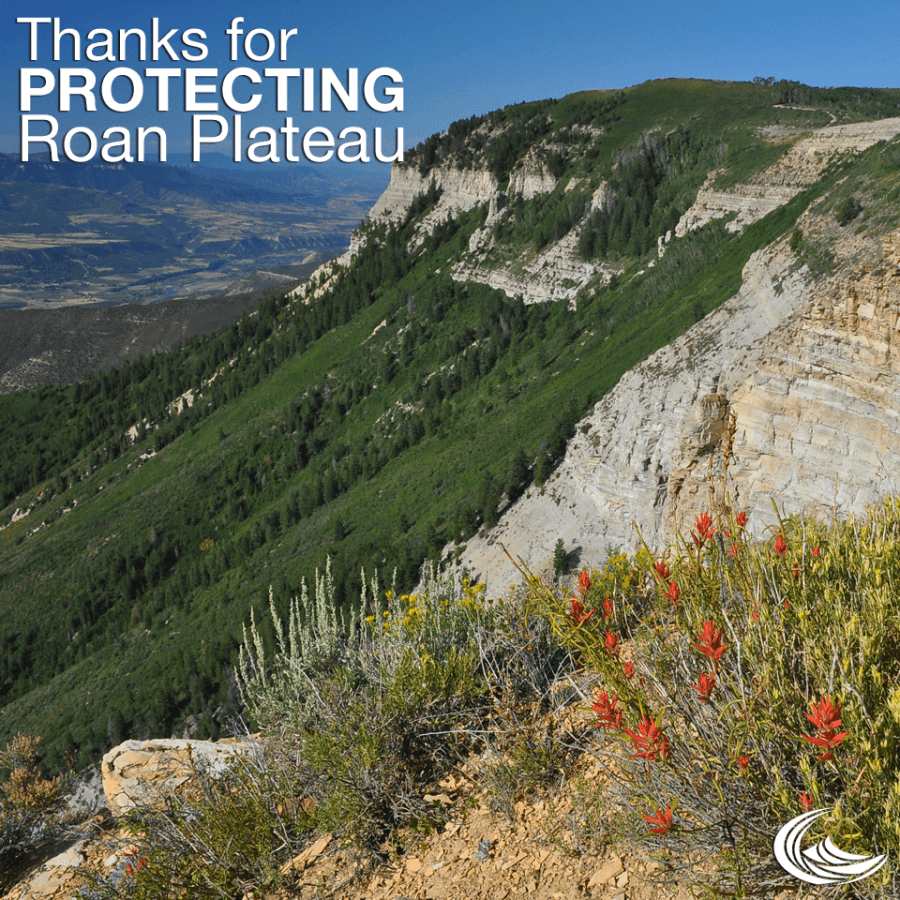 The ten year long battle to protect the Roan Plateau is finally over. The conservation community finally won the fight to keep the 54,000 acre Roan Plateau from becoming an industrial zone.
The ten year long battle to protect the Roan Plateau is finally over. The conservation community finally won the fight to keep the 54,000 acre Roan Plateau from becoming an industrial zone.
9. We had a year long party!
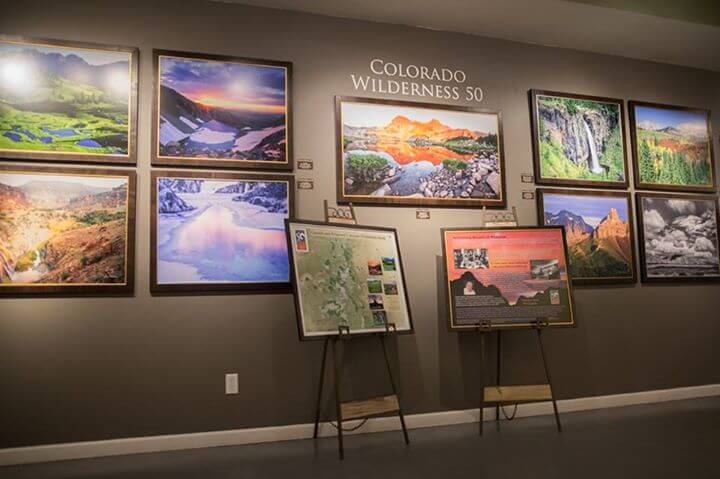 This year marked the 50th anniversary of the Wilderness Act, and boy, did we celebrate. We held events across the state from July to November to raise awareness about the 3.6 million acres of Colorado’s most sublime wildlands that are set aside as wilderness areas.
This year marked the 50th anniversary of the Wilderness Act, and boy, did we celebrate. We held events across the state from July to November to raise awareness about the 3.6 million acres of Colorado’s most sublime wildlands that are set aside as wilderness areas.
8. We held industry accountable
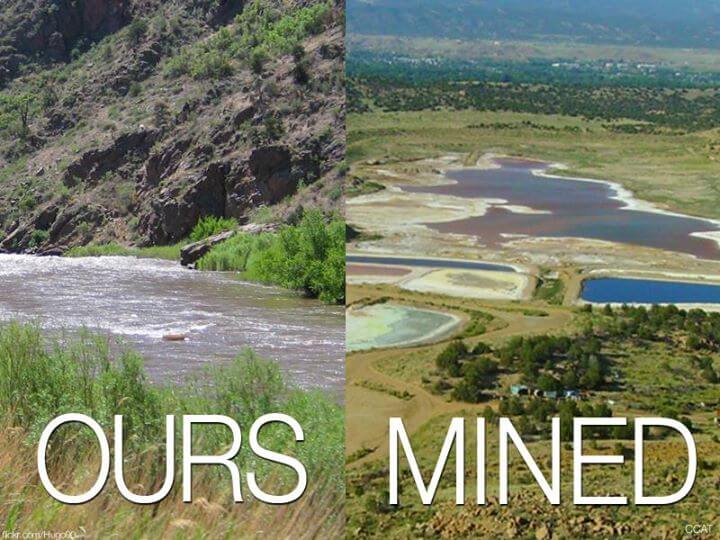 In April we were thrilled to help pass legislation that will finally clean up groundwater contamination in the Lincoln Park neighborhood of Canon City. After 30 years of pollution and indifference from Cotter Corporation, Coloradans living in its shadow were finally granted the right to clean water and use of their own water wells.
In April we were thrilled to help pass legislation that will finally clean up groundwater contamination in the Lincoln Park neighborhood of Canon City. After 30 years of pollution and indifference from Cotter Corporation, Coloradans living in its shadow were finally granted the right to clean water and use of their own water wells.
7. Introducing….Protégete!
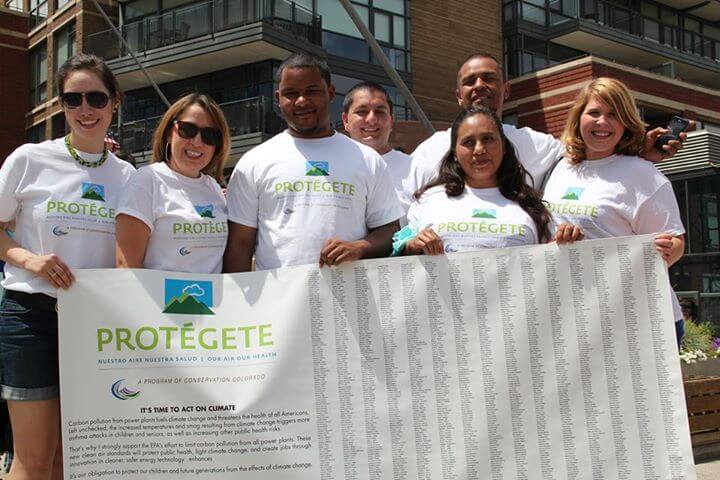 This year, Conservation Colorado launched Protégete: Our Air, Our Health. It is an important and timely effort to engage the Latino community around the issues of clean air and climate change.
This year, Conservation Colorado launched Protégete: Our Air, Our Health. It is an important and timely effort to engage the Latino community around the issues of clean air and climate change.
6. The EPA came to town & we responded with a day of action
 This year we took a huge step toward addressing the challenge of climate change. The Environmental Protection Agency (EPA) proposed national safeguards that aim to cut carbon pollution, One of just four hearings across the country was held right here in Colorado! Our coalition rallied over 250 Coloradans to testify at the hearings and came out on top — an overwhelming majority of the testimonies showed support of the EPA’s Clean Power Plan.
This year we took a huge step toward addressing the challenge of climate change. The Environmental Protection Agency (EPA) proposed national safeguards that aim to cut carbon pollution, One of just four hearings across the country was held right here in Colorado! Our coalition rallied over 250 Coloradans to testify at the hearings and came out on top — an overwhelming majority of the testimonies showed support of the EPA’s Clean Power Plan.
5. 42 wins for conservation
It wasn’t easy, but after one of the toughest election seasons yet, the conservation community helped elect 42 pro-conservation candidates to the Colorado state legislature. With the help of our staff and volunteers, we knocked doors, made phone calls, created mail pieces, landed on people’s Facebook newsfeeds, and crafted radio ads to promote our conservation champions and help them to victory.
4. Colorado made history (in a good way)
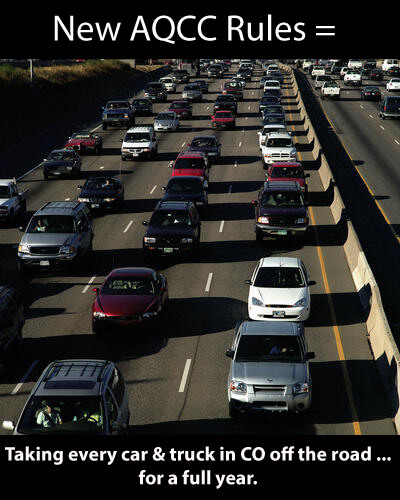 Colorado sent a strong message to the nation in February – that every person deserves to breathe clean air. With your support, and after a year-long ground campaign, Colorado’s Air Quality Control Commission passed groundbreaking, first in the nation rules that directly regulate methane pollution from oil and gas facilities.
Colorado sent a strong message to the nation in February – that every person deserves to breathe clean air. With your support, and after a year-long ground campaign, Colorado’s Air Quality Control Commission passed groundbreaking, first in the nation rules that directly regulate methane pollution from oil and gas facilities.
3. Huge steps for water

Up until now, we have been the only state in the west without a State Water Plan (yikes!). But that’s about to change. On December 10, the first draft of this groundbreaking plan was released — and it will be finalized in a year. This plan will address the “gap” between our available water supply and our demand and we have worked every step of the way to ensure that the Governor keeps his work and puts conservation first.
2. Hey, President Obama! This land needs protection
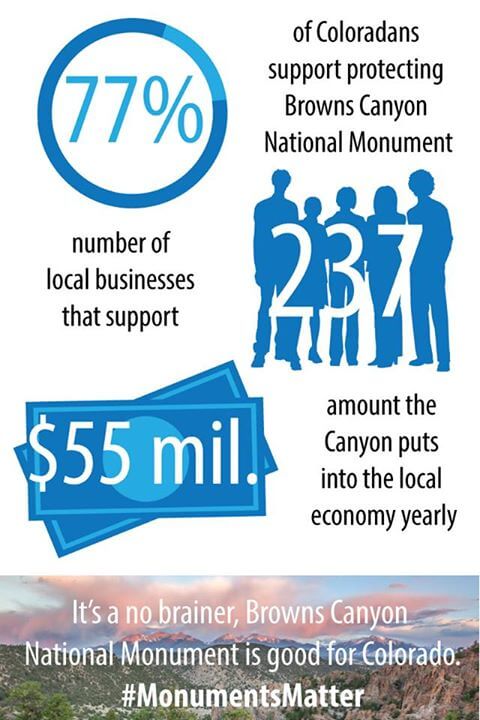 Conservation Colorado has worked with U.S. Senators Mark Udall and Michael Bennet for years to designate Browns Canyon as a national monument. This month, we brought this beautiful 22,000 acres of public lands around the Arkansas River to the forefront of President Obama’s attention and are optimistic that he will take the next step to finally protect Browns Canyon once and for all.
Conservation Colorado has worked with U.S. Senators Mark Udall and Michael Bennet for years to designate Browns Canyon as a national monument. This month, we brought this beautiful 22,000 acres of public lands around the Arkansas River to the forefront of President Obama’s attention and are optimistic that he will take the next step to finally protect Browns Canyon once and for all.
1. YOU
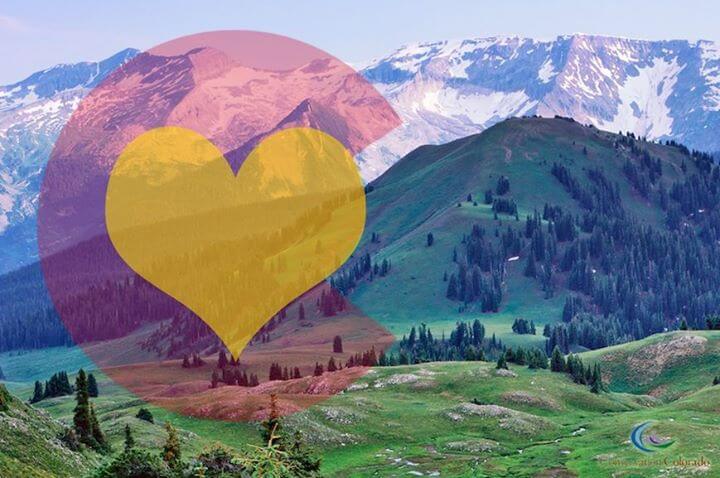 Conservation Colorado works hard to protect the land, air, and water of our beautiful state for YOU, our members. We are proud to have a growing membership of dedicated Coloradans who are willing to take action and support the work that will ensure clean air, healthy flowing waters, and protected lands for years to come. We do this work because we believe that it is your right to enjoy the outdoors as you see fit, without restrictions from out-of-state special interests and polluting industries. We do this work because of YOU.
Conservation Colorado works hard to protect the land, air, and water of our beautiful state for YOU, our members. We are proud to have a growing membership of dedicated Coloradans who are willing to take action and support the work that will ensure clean air, healthy flowing waters, and protected lands for years to come. We do this work because we believe that it is your right to enjoy the outdoors as you see fit, without restrictions from out-of-state special interests and polluting industries. We do this work because of YOU.
We can’t do any of this without your support — please consider making a year end donation to Conservation Colorado.

 One thing kept popping up again and again, Roan Plateau. The same verbiage of deep woods laced with streams and critter filled meadows abounded. The descriptions and pictures were amazing, truly a place for the wild things I was seeking. Streams teeming with native trout; waterfalls cascading over cliffs; lush hanging gardens soaking in the spray; aspen glades echoing the bugle of bull elk–all of these scenes accurately depict the Roan Plateau. I, of course, tried to work Roan Plateau into every available opportunity into my interview, which wasn’t terribly applicable since the job was to work on Vermillion Basin and other areas in far Northwest Colorado. A few weeks later I was packing up and moving west, eager to protect places like the Roan.
One thing kept popping up again and again, Roan Plateau. The same verbiage of deep woods laced with streams and critter filled meadows abounded. The descriptions and pictures were amazing, truly a place for the wild things I was seeking. Streams teeming with native trout; waterfalls cascading over cliffs; lush hanging gardens soaking in the spray; aspen glades echoing the bugle of bull elk–all of these scenes accurately depict the Roan Plateau. I, of course, tried to work Roan Plateau into every available opportunity into my interview, which wasn’t terribly applicable since the job was to work on Vermillion Basin and other areas in far Northwest Colorado. A few weeks later I was packing up and moving west, eager to protect places like the Roan. The efforts around the Roan Plateau have been a game changer in so many ways. While the Colorado conservation community had united against Two Forks Dam in the foothills near Denver, it hadn’t really ever made a collective stand on a public land issue and let alone a public land issue on the rural West Slope. The Roan was the rallying point for Prius-driving environmentalists from Boulder and tobacco-chewing sportsman from Meeker and everyone in between. It wasn’t simply a NIMBY reaction, it was a collective recognition that we need places like Roan Plateau to exist for our own sake.
The efforts around the Roan Plateau have been a game changer in so many ways. While the Colorado conservation community had united against Two Forks Dam in the foothills near Denver, it hadn’t really ever made a collective stand on a public land issue and let alone a public land issue on the rural West Slope. The Roan was the rallying point for Prius-driving environmentalists from Boulder and tobacco-chewing sportsman from Meeker and everyone in between. It wasn’t simply a NIMBY reaction, it was a collective recognition that we need places like Roan Plateau to exist for our own sake.

